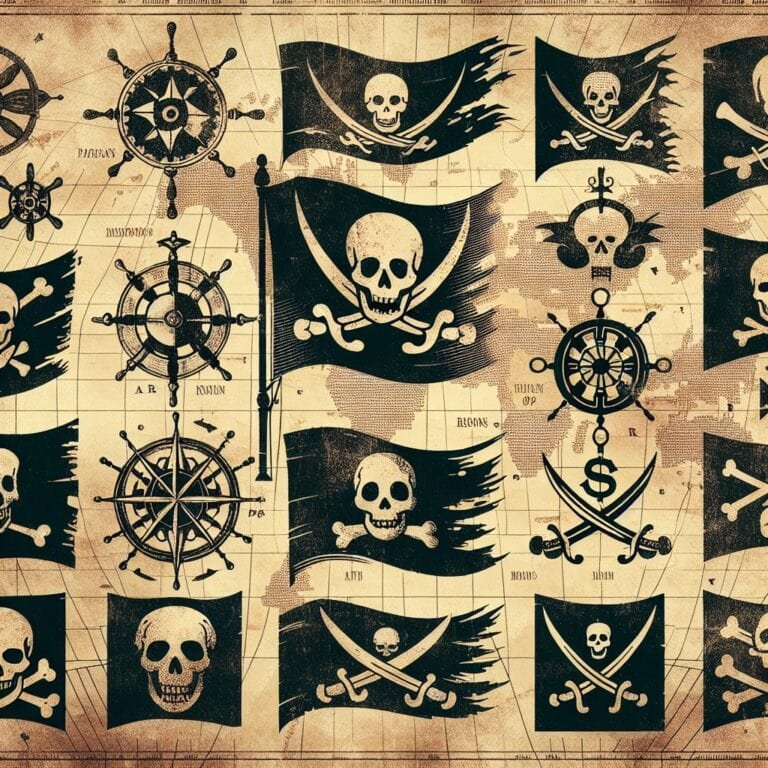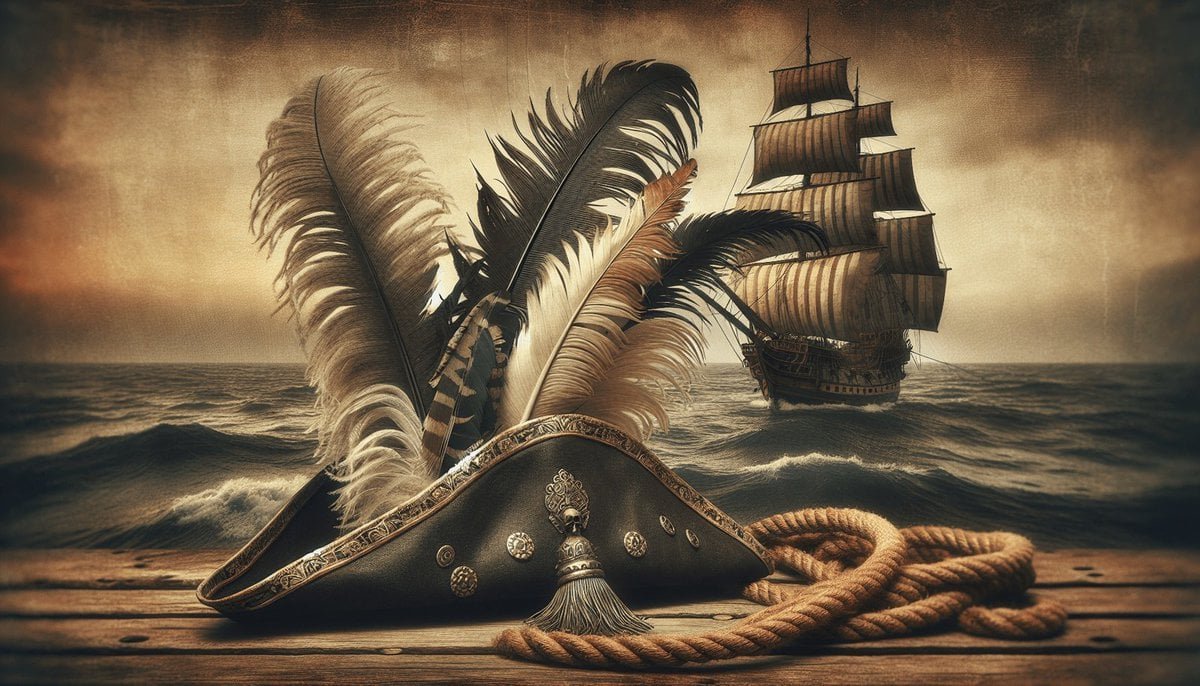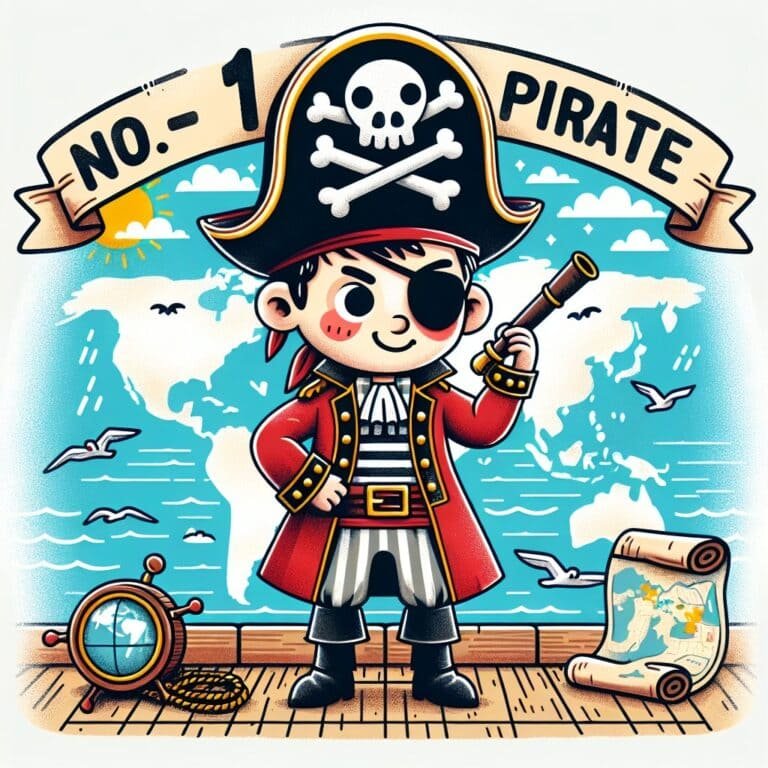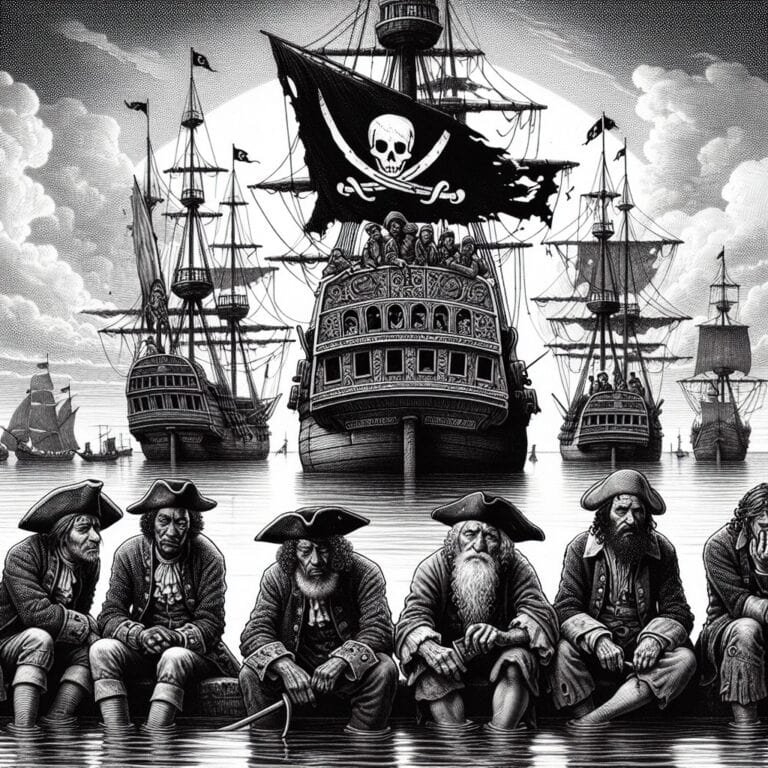Have you ever wondered how pirates dealt with money? I mean, it’s not like they had PayPal, gold digging apps, or could run over to the local Walmart for a cash-back option. So, let’s talk about pirate economies! Yes, you heard me right. Pirate economies. Arr, let’s trade!
Introduction
Navigating the high seas, facing cannon fire, and looting treasure might have been a pirate’s life, but they also had to deal with the nitty-gritty of economics. And honestly, can you imagine if pirates had to use our current banking system? “Arr, my credit score be sinkin’ faster than a rum barrel in a storm!” Between battling scurvy and evading the British Navy, they had to find a way to get what they needed. Spoiler alert: it wasn’t through Venmo.
Luckily, pirates were innovative when it came to trade. Believe it or not, their barter systems and currencies were surprisingly sophisticated. For a bunch of outlaws, they had a heck of an economic structure. So, buckle up, and let’s embark on a hilarious voyage through pirate currencies and barter systems.
The Not-So-Golden Age of Pirate Economics
Imagine sailing the Caribbean Sea, and you’ve just looted a Spanish galleon. You’re high on victory and rum… but wait, what do you do with all that treasure now? You can’t exactly stuff it into a mattress or open an offshore account, can you?
Barter was Big, Baby!
Before you shrug off bartering as archaic, understand that it was an art form for pirates. They traded booty like modern-day hipsters trade ironic vintage records. “I’ll give you two barrels of rum for that hat, matey.” But this wasn’t limited to everyday items; pirates bartered for necessities like food, fresh water, and even safe passage through pirated waters.
What Exactly Did Pirates Trade?
| Item | Description | Example Trades |
|---|---|---|
| Rum | The lifeblood of pirate life, second only to treasure | Exchanged for fresh water, food, and medicinal herbs |
| Treasure | Gold, silver, and anything shiny | Bartered for ammunition or ship repairs |
| Weapons | Swords, pistols, and cannons | Swapped for crew members or used as bribes |
| Labor | Skills were valuable-think navigators, shipwrights | Services traded for shares in future loot |
Rum, funnily enough, was pretty much like Bitcoin for pirates: valuable, in demand, and you couldn’t always predict how much it would be worth next month.
The Newbie Pirate’s Guide to Trade
Ready to jump ship and become a pirate? First, you should master the basics of pirate bartering. Yet be warned-like Tinder dates and New Year’s resolutions, not all trades go as planned.
If you were a newbie navigating pirate trade waters, you’d be wise to observe. Did Captain Blackbeard barter like a pro? Did he trade a bag of gold for a compass and some not-so-mysterious maps? Watch and learn. Maybe even start small. Trade something trivial-like a pair of old boots-to gauge the market.
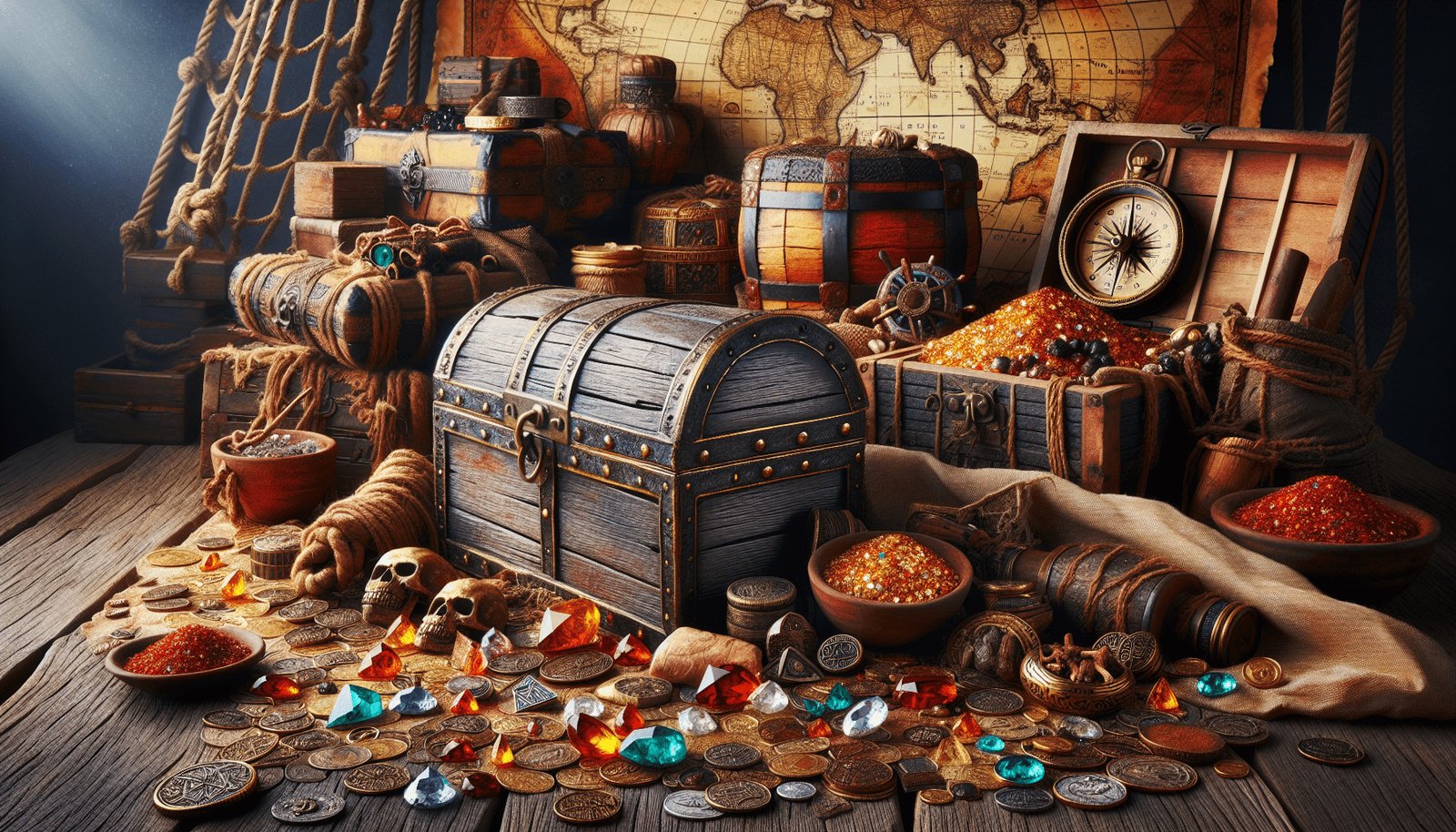
Pirate Currency: Doubloons and Pieces of Eight
If bartering wasn’t enough, some pirates swaggered around with bona fide currency. “But weren’t these guys criminals?” you ask. Captain Obvious strikes again! Of course, they were, and they managed to innovate in crime-ridden economic systems.
The Shiny Stuff
Doubloons and pieces of eight were worth more than their weight in gold (literally, since they were made of gold and silver). Imagine a system where everyone carries around metal bits, hoping they don’t drunkenly misplace them. “Arr, where be my doubloons? Last I saw them, they were buying another round o’ grog.”
Doubloons versus Pieces of Eight
| Currency | Material | Origin | Usage | Value Comparison |
|---|---|---|---|---|
| Doubloons | Gold | Spain | Universal pirate currency for big trades | Equivalent to wads of Benjamins |
| Pieces of Eight | Silver | Spanish colonies | Everyday transactions and smaller exchanges | Equivalent to twenties |
Pirates preferred doubloons for large-scale transactions, such as purchasing new ships or bribing a corrupt port official. Pieces of eight were better for everyday expenses, like buying a meal or paying for some crucial piece of intel on enemy routes.
The Pirate’s Piggy Bank
Think of a pirate’s treasure chest as the world’s sketchiest savings account. Seriously, can you imagine walking into a Chase Bank and asking to deposit an actual chest of gold? But pirates kept their assets diversified by hoarding multiple currencies. They knew better than to put all their eggs-or pieces of eight-in one basket.
Banking Options? Ha!
Modern banking was as foreign to pirates as voluntary sobriety. Still, they managed. Buried treasure wasn’t just a plot device in pirate tales; it was a genuine form of saving. If you thought finding your savings account number was hard, try pinpointing your buried gold on a deserted island without Google Maps. I mean, you might as well be hunting for Instagram likes in a MySpace world.
What’s Love (of Money) Got to Do With It
Would you believe pirates had their version of employee benefits? These guys were more organized than an IKEA on Black Friday. With loot distribution and savings plans, they could teach corporate America a thing or two.
Crew Shares: Pirate Profit Sharing
Forget dental benefits and 401Ks. The real perk was how the loot was shared. Each crew member got a share based on rank and daredevil stunts pulled off in battle. Captains, of course, took the lion’s share-not surprising, considering they also took most of the blame when things went belly-up.
Breakdown of Crew Shares
| Rank | Share of Loot | Comparison to Modern Jobs |
|---|---|---|
| Captain | 5-6 shares | CEO-level salary |
| First Mate | 4-5 shares | VP compensation |
| Specialist (e.g., gunner, navigator) | 2-3 shares | Skilled labor wage |
| Lowly Crew Member | 1 share | Minimum wage |
You know you’ve made it in pirate life when you’re not fighting for scraps as the lowliest deckhand. A few successful hauls, and you could be living large-or at least less poorly.

Anecdotes Ahoy!
Time for me to embarrass myself with relatable yet mortifying personal stories, because let’s be real-what’s comedy without a touch of self-deprecation?
The Misadventures of Amateur Barter
My first attempt at the art of barter? Trading my lunch for a 90s-style slap bracelet in third grade. Folks, I was swindled. My fruit roll-up was worth at least two slap bracelets and a juice box. Lesson learned: Always overvalue your stuff. Imagine if pirates traded like third-grade me. They’d end up exchanging their gold for seaweed and a moldy biscuit.
Modern-Day Piracy: College Edition
Have I ever told you about the time I tried to barter my way through finals week in college? Picture this: me, standing in the library, offering snacks and questionable homework “help” in exchange for last-minute study guides. I might as well have worn an eyepatch. It didn’t work out, and I’m pretty sure I failed a class. Let’s just say negotiating for grades isn’t as easy as negotiating for rum.
Conclusion
So there you are, navigating the insane yet strangely organized world of pirate currencies and barter systems. Pirates were a lot creative, cunning, and maybe even a tad precognitive-who knew they’d have their own version of finance and employee benefits long before 401ks and stock options?
To sum it up, pirate trade was a masterful play of bartering and managing various currencies. Plus, they had a crew division of loot more fair and transparent than your annual office bonus. They succeeded with wit and an underlying sense of dark humor, much akin to surviving this crazy thing we call life. Remember, never underestimate the power of rum, shiny metals, and a well-placed sarcastic remark.
Now, go channel your inner pirate the next time you’re caught in a trade-off, whether it’s haggling for a car or bartering your way through corporate meetings! Arr!
